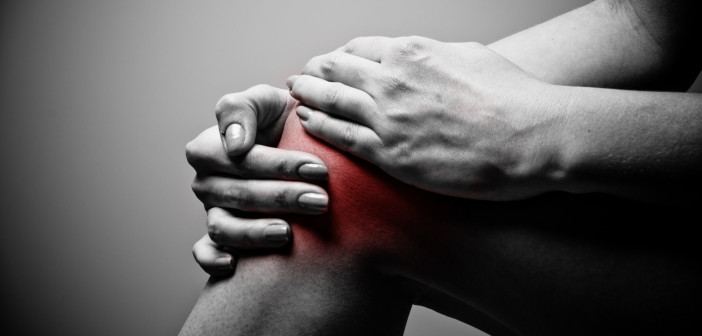Millions of Americans suffer osteoarthritis and wake up every morning with aching and swollen knees. An estimated 30 million complain of various levels of knee pain each day, and what’s more concerning is that number is expected to skyrocket to 67 million by 2030. That’s when all Baby Boomers will have turned 65 years old.
Osteoarthritis starts showing signs by the time a person turns 40, according to various research. Cartilage degenerates causing bone to rub on bone. According to ConquestMD Spine Care and Sports Medicine, factors that contribute to pain and swelling are hereditary, obesity and activity such as playing sports.
There are ways to combat that pain and to reduce the swelling.
Ibuprofen might relieve some of the inflammation and discomfort for many. Topical analgesics and physical therapy might stem the painful symptoms for a while. For scores of others, physicians prescribe injections.
For years, these injections called viscosupplementation, have been reported to be the most successful way to lubricate the knee and stimulate cell growth, which increases hyaluronic acid in the knee joint. Hyaluronic acid is the actual lubricating fluid that allows the knee to operate without causing discomfort.
The injections are gel-based and targeted for the knee joint cavity. Patients usually get one injection a week for up to five weeks. The FDA has approved hyaluronic acid for only knee injections. It could take several weeks after the last injection before any relief is noted. This treatment has reportedly provided patients a better long-term benefit than most other treatments. But recent research casts doubt on whether these injections have a positive effect on knee pain.
Swiss study
Researchers at the University of Bern in Switzerland studied more than 12,000 people who suffer from osteoarthritis. Their findings poke holes in the idea that the treatment is effective. In fact, there is a “potential for harm” resulting from adverse effects for those who undergo viscosupplementation.
The Swiss study reported that patients suffered some common side effects with the knee receiving the injection becoming hot and swollen within 24 hours. Furthermore, and more troubling, was that patients did not report any relief after 24 hours of receiving an injection. The injections seemed to exacerbate the problem, researchers said. Excess fluid collected inside the knee joint. Researchers concurred that viscosupplementation injections contributed and were associated with these side effects.
U.S. group backs treatment
The American Academy of Orthopaedic Surgeons has more than 35,000 members. The group provides educational support to its members and says it is the “world’s largest medical association of musculoskeletal specialists.” The former chair of the organization’s group that specifically tackled treatment of knee osteoarthritis disagrees with the Swiss report, which was released in 2012. “We have an epidemic of osteoarthritis of the knee and we have limited treatment options,” said Dr. John Richmond “This needs to remain one of those limited treatment options and should be used appropriately by the physician giving it.”
Richmond supports viscosupplementation as a “solid treatment” despite the Swiss research. Injections are particularly successful in younger patients and those who suffer mild to moderate forms of knee pain. Richmond indicated people between the ages of 40 and 60 and who have been properly screened, should be able to receive injections. Richmond stressed that viscosupplementation is not a “first line treatment.”
Corticosteroid injection
An alternative to hyaluronic injections are corticosteroid shots, which help reduce inflammation lessening the symptoms. The main benefit of corticosteroid injections is that they work quickly and the patient will feel significant relief within 24 to 48 hours. But the relief is also short term, too. Richmond says on average, a person who receives a corticosteroid injection should be pain-free in the knee for six to 12 weeks. A downside of these injections is that they seem to work well the first time, but every time after, they lose some of their fizz. Richmond recommends these injections for only once or twice a year because of the fear of damaging cells whose job it is to produce cartilage.




